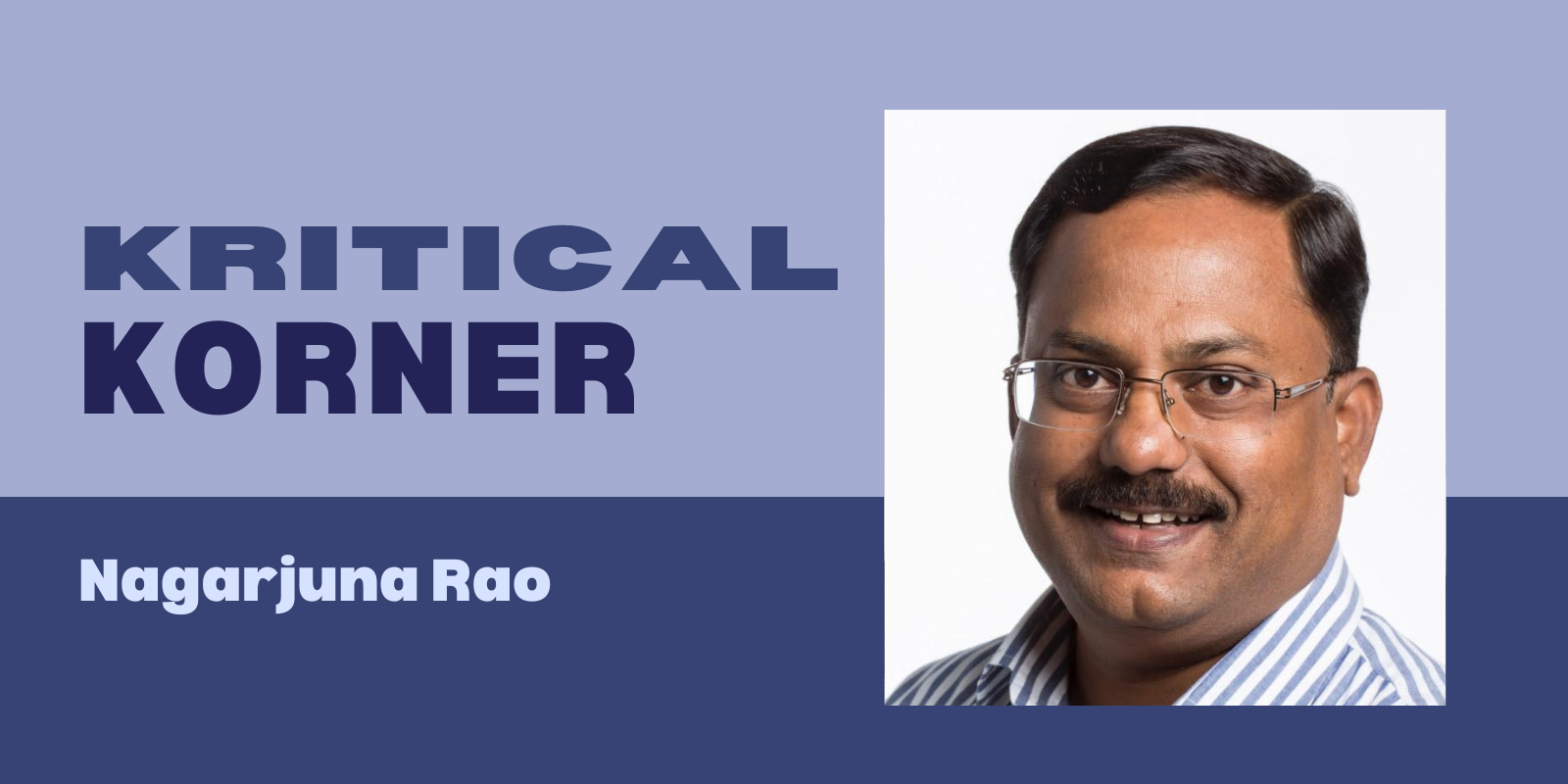Vandemataram Ravindra seeks weightage for government school students in national entrance exams
It’s a race, says Vandemataram Ravindra, and the odds are skewed. When a weak child competes with a healthy one, is the outcome ever in doubt? Such is the plight of students in government-run schools and colleges – often rural, poorly funded, and lacking in even the most basic facilities – when they are asked to pit their wits against peers from elite private institutions in cut-throat national-level exams like NEET, JEE, and EAMCET.
Ravindra, founder-trustee of the Vandemataram Foundation, in a video on social media, is not asking for sympathy. What he wants is weightage for those who study in government schools and colleges. Because the competition, as he sees it, is already lopsided.
Children who toil without tuitions
‘You don’t want government schools or colleges, but you want government jobs?’ he asks, exposing the hypocrisy of a system where even those who govern have little faith in the public education system they preside over.

Private schools begin grooming children for competitive exams from an absurdly young age. They have access to well-trained faculty, English-medium instruction, fully-equipped labs, air-conditioned classrooms, and professional coaching that all but guarantees ‘topper’ status. Meanwhile, a child in a remote village might be lucky to find a teacher who turns up regularly or a classroom with electricity. The battle, in short, is lost even before it begins.
What kind of justice is this?
My own observation is in line with Ravindra’s anguish – urban students, especially from private institutions, enjoy a clear edge. Most all-India exams are conducted in English, a language not just foreign but forbidden to many in government schools. In Telangana and Andhra Pradesh, where the medium of instruction is often Telugu, the divide is even starker.
A rich child, aided by privilege and polish, is more likely to clear the JEE or NEET than a poor farmer’s son. This isn’t meritocracy – it’s a mirror of inequality.

Why aren’t politicians leading by example?
The truth becomes even more unpalatable when we realise that hardly any of our ministers, MPs, MLAs or senior bureaucrats send their own children to government schools. Even those who sing paeans to nationalism prefer private institutions or schools abroad. The recent fire mishap in Singapore made headlines for another reason – the Deputy Chief Minister of Andhra Pradesh, Pawan Kalyan, has a seven-year-old son studying there. If our leaders have no faith in the system, how can the common man be expected to believe in it?
A simple solution that solves everything
Ravindra’s solution is both radical and refreshingly simple. Let all children – rich and poor, from all castes and classes – study together in the same government schools. Let the children of doctors, teachers, IAS officers and ministers attend the same institutions as those of labourers and farmers. If this were to happen, parents would demand higher standards, better mid-day meals, functioning toilets, and regular classes. In short, the system would be forced to improve.
And if government schools do indeed match the quality of private ones, then there would be no need to offer weightage. The playing field would finally be level.
Until then, says Vandemataram Ravindra, let us at least acknowledge the disparity – and take steps, however modest, to bridge the gap. That alone would be true nation-building. That alone would make our freedom fighters proud.




